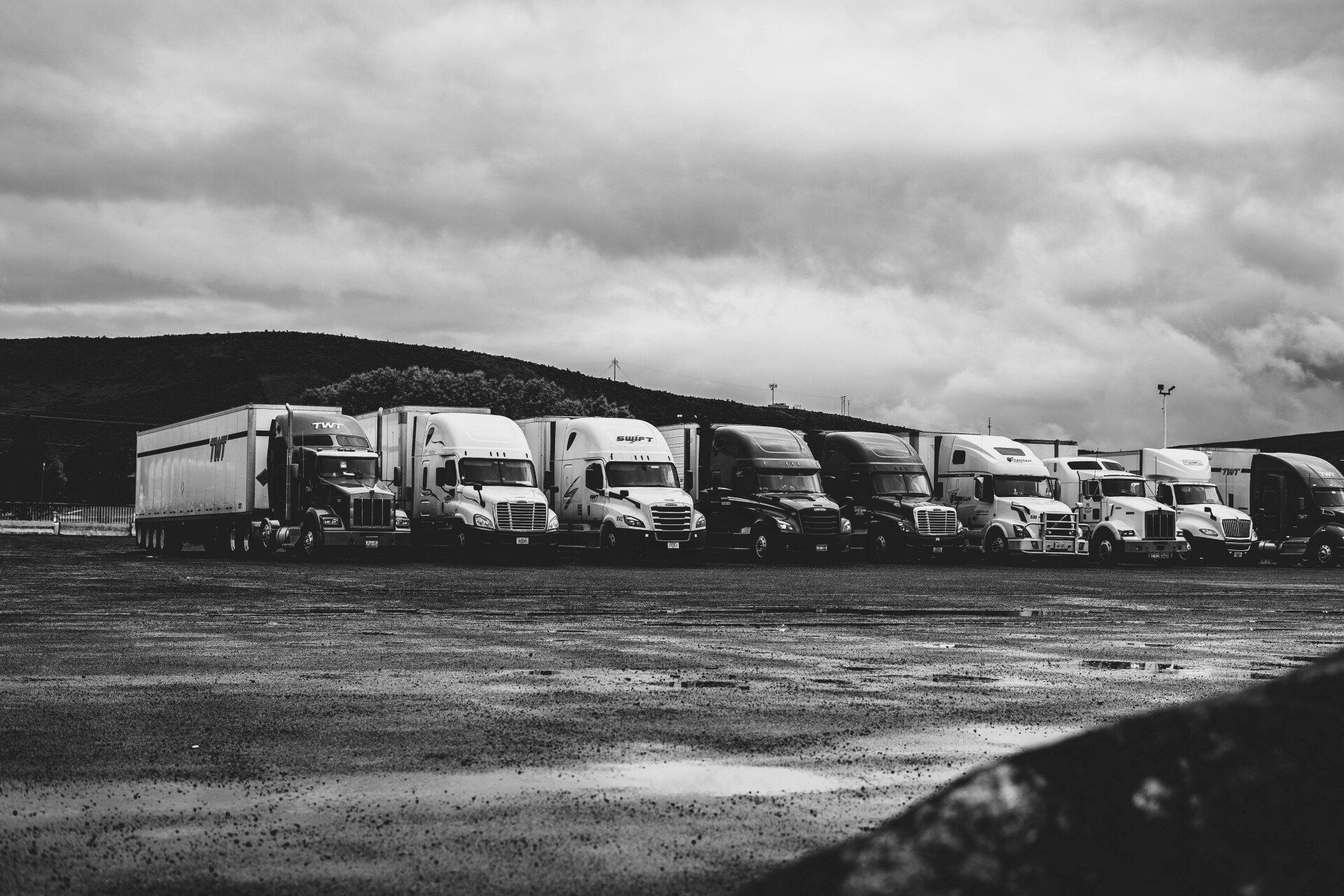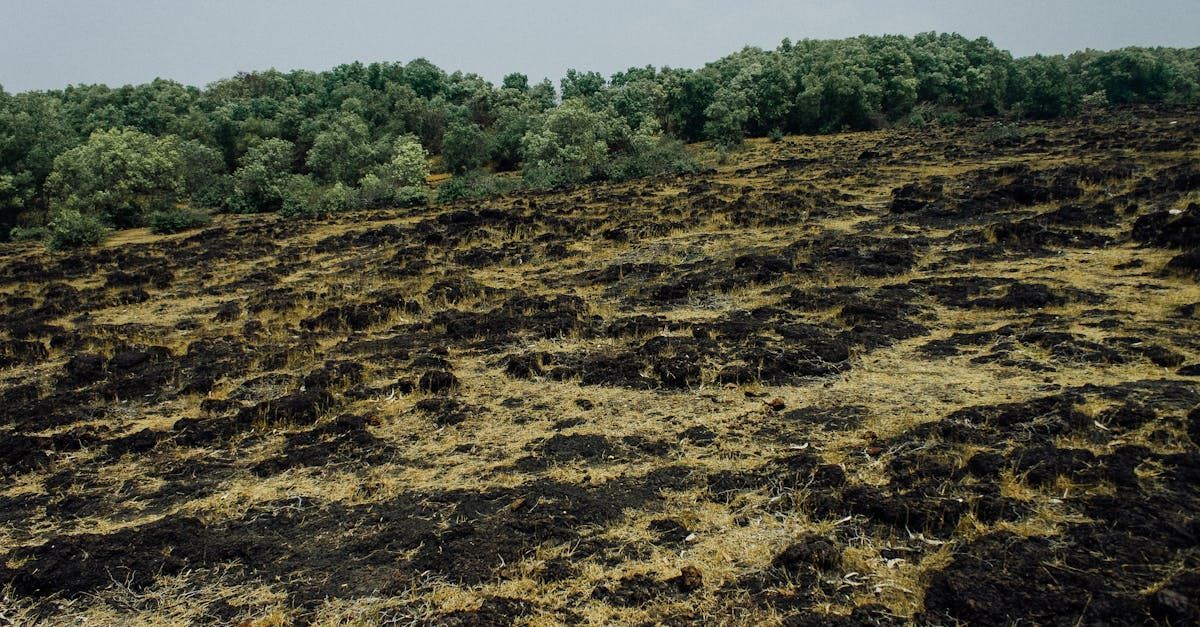Recovering from Sediment Runoff Damage
Sediment runoff, particularly from construction and land development sites, presents significant environmental, legal, and economic challenges. As urbanization and developmental activities accelerate, the implications of sediment runoff on adjoining properties, including streams, ponds, and lakes, have become increasingly prominent.
Understanding Sediment Runoff: Causes and Implications
Sediment runoff occurs when soil particles are washed away from land surfaces, typically as a result of rainwater or melting snow. Construction and land development activities exacerbate this natural process by disturbing the soil and reducing ground cover, thereby accelerating erosion and sediment displacement. The exposed soil is easily carried away by water, leading to sediment runoff.
The implications of unchecked sediment runoff are extensive and multifaceted. Sediment can cloud water bodies, reducing sunlight penetration and affecting aquatic ecosystems. It can clog fish gills, smother aquatic plant life, and disrupt the reproductive cycles of various aquatic species. On a broader scale, sediment runoff contributes to the siltation of water bodies, reducing their depth and capacity, which can lead to flooding and the alteration of natural water flow patterns.
Damage to Adjoining Properties: A Closer Look
Adjoining landowners often bear the brunt of sediment runoff from neighboring construction sites. Sediment deposits can render water bodies in these properties murky and unsuitable for recreational use. In some cases, the runoff can lead to physical changes in the landscape, such as the silting up of ponds or alteration of natural drainage patterns, which can cause waterlogging or erosion on the adjoining property. This not only affects the aesthetic and recreational value of the property but can also lead to a tangible decrease in property value.
Legal Framework for Recovery of Damages
Adjoining landowners affected by sediment runoff have several legal avenues to seek redress. The legal principles governing these cases can vary by jurisdiction but generally fall within the realms of tort law, environmental law, and property law.
- Negligence: In many instances, affected landowners can file a lawsuit based on negligence. To succeed, they must prove that the construction or development company failed to exercise reasonable care in controlling sediment runoff, and this failure was the direct cause of the damage to their property. Demonstrating that the company did not adhere to local, state, or federal regulations regarding erosion control and sediment management can strengthen the negligence claim.
- Nuisance: A nuisance claim arises when the sediment runoff interferes with the landowner’s enjoyment of their property. This tort requires the landowner to demonstrate that the runoff is a substantial and unreasonable interference with their use and enjoyment of the property. Nuisance can be public or private, and in some cases, landowners might have a claim for both.
- Trespass: Trespass to land involves the physical invasion of a landowner's property. In the context of sediment runoff, this can occur when sediment from a construction site physically accumulates on an adjoining property. The key element in a trespass claim is the unauthorized entry, not the damage caused.
- Strict Liability: In some jurisdictions, landowners engaged in inherently dangerous or abnormal activities may be strictly liable for any resultant damage to adjoining properties. If the construction activities can be classified as such, the adjoining landowner may not need to prove negligence or intent to recover damages.
Environmental Regulations
Environmental laws and regulations also provide a framework for addressing sediment runoff issues. Violations of the Clean Water Act in the United States, for instance, can lead to federal enforcement actions. Landowners can sometimes use violations of these regulations as evidence in their civil lawsuits.
Practical Steps for Adjoining Landowners
Adjoining landowners who suspect that their property is being damaged by sediment runoff should take immediate and practical steps:
- Documentation: Gather evidence of the damage and the potential source of the runoff. This may include photographs, videos, and expert evaluations.
- Reporting: Report the issue to local environmental or planning authorities. They can inspect the site and may take enforcement action if necessary.
- Legal Consultation: Consult with an attorney to understand the specific legal options available in their jurisdiction.
- Mitigation Measures: While pursuing legal remedies, landowners may also need to undertake measures to mitigate the damage to their property.
The issue of sediment runoff from construction and land development sites is a complex one, intertwining environmental concerns with legal ramifications. For adjoining landowners, the key to effectively addressing this issue lies in understanding the nature and extent of the damage, being aware of the legal principles that apply, and taking proactive steps to protect their property rights. As urban development continues to encroach upon natural landscapes, the importance of legal frameworks in managing and mitigating the effects of sediment runoff becomes ever more critical.
MORE ALABAMA INJURY LAW NEWS






OUR LAW FIRM IS HERE TO HELP
Contact our Birmingham, Alabama Injury Lawyers Today for Legal Help
Have you or a family member recently been injured in an accident in Alabama? Contact Snable Stevenson & Silva for immediate legal assistance and advice. You may be able to pursue compensation for your medical bills, lost wages, and other expenses. Our qualified Alabama injury lawyers can help you fight to secure a full and fair award.
We offer a free case evaluation and consultation. Contact our law office in Birmingham, Alabama to schedule yours today. If you can’t come to us, we can arrange a time to visit you. Consultations can be arranged at the hospital, your home, or even your place of business. There’s a limited amount of time to act, so give us a call to get started today.
FREE CASE EVALUATION
GET STARTED
Thank you for submitting a request.
Our team will follow up with you as soon as possible.
There was an error sending your message.
Please try again later.
(800) 266-0877 • attorneys@snablestevenson.com
(205) 582-8000 • 2737 Highland Ave South, Birmingham, AL 35205
(901) 474-2900 • 1545 Union Ave, Memphis, TN 38104
This website is an advertisement for legal services. No representation is made that the quality of the legal services to be performed is greater than the quality of legal services performed by other lawyers. Use of this website signifies your agreement to the Terms of Use, Privacy Policy, and Form Disclaimer.
Snable Stevenson & Silva L.L.C.

